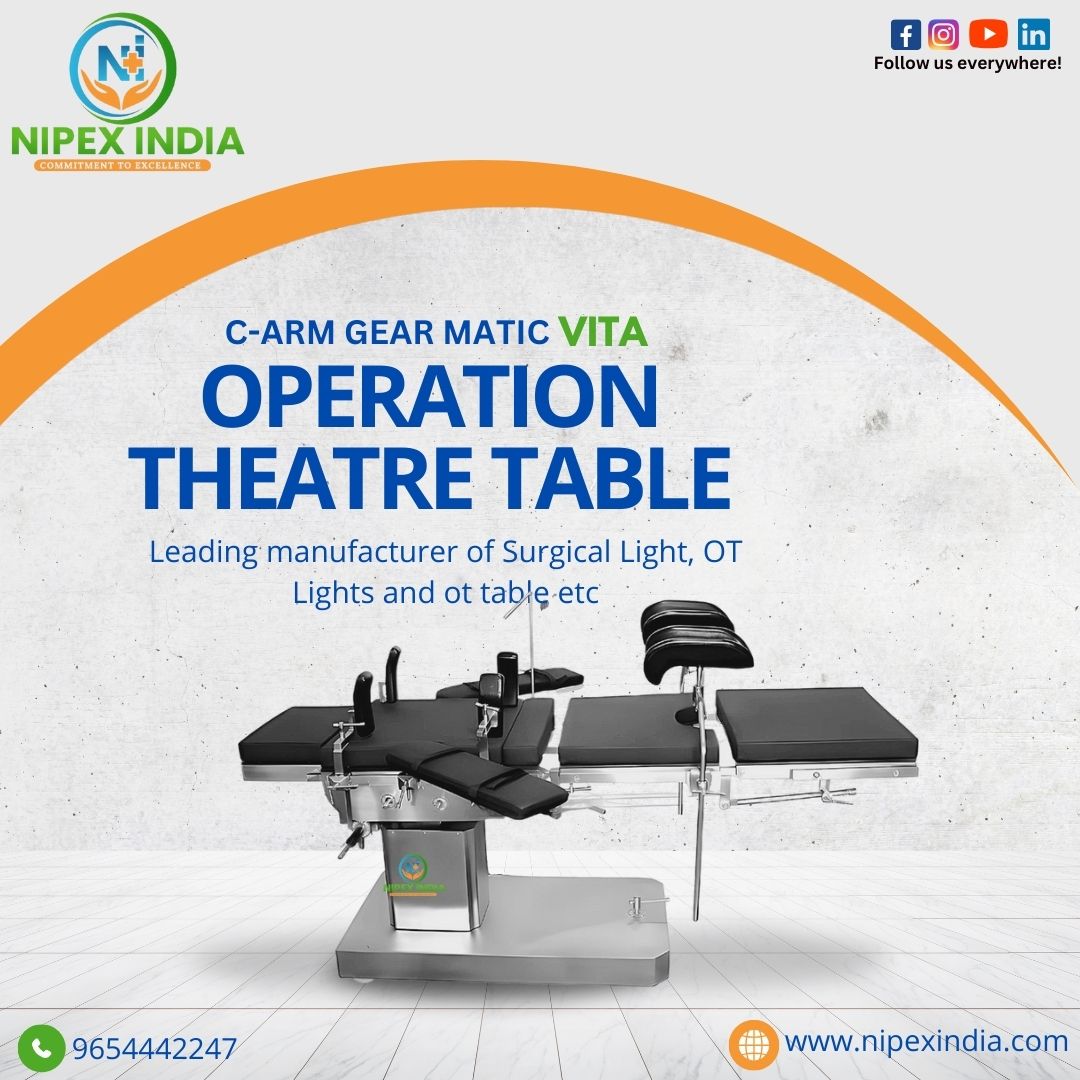
Why the Operation Table is Key to a Great Surgery?
When discussing the intricacies of surgical procedures, it’s easy to focus on the skills of the surgeon, the technology of medical devices, and the precision of tools. Often overlooked, however, is the operation table — a fundamental piece of equipment that forms the very foundation of every surgery. Its significance goes far beyond providing a surface for patients to lie on. In this blog, we will explore the evolution, features, types, and innovations of operation tables, and why choosing the right one is crucial for successful surgical outcomes.
The Evolution of the Operation Table
The operation table has come a long way since its early days. Historically, surgeries were performed on makeshift platforms, with minimal regard for the ergonomics and comfort of both the patient and the surgeon. As medical science advanced, the need for a more sophisticated and functional operating surface became apparent.Last updated 21 September 2024
1. Early Designs
2. Mid-20th Century Advances
3. Modern Innovations
